When it comes to footwear, one question reigns supreme: How much are shoes? Whether you’re a sneakerhead, a fashion enthusiast, or someone looking for the perfect pair for everyday wear, understanding shoe prices involves more than just looking at the price tag. In this guide, we’ll delve deep into the factors that influence shoe pricing, explore various categories of shoes, and compare some of the most popular brands on the U.S. market.
The Factors Influencing Shoe Prices
Shoe prices can vary widely based on several factors. Understanding these elements can help you determine if you’re getting a fair deal on your next pair of shoes.
1. Quality of Materials
The material used in shoe construction plays a critical role in the final price. Leather shoes, for instance, usually command higher prices due to the durability and quality of the materials involved. In contrast, synthetic materials tend to keep costs lower but may not provide the same longevity.
2. Brand Reputation
Brand recognition can significantly influence pricing. Well-established brands like Nike, Adidas, and Puma often charge more due to their reputation for quality and design. Conversely, lesser-known brands may offer similar styles at lower prices.
3. Design and Technology
Innovative designs and advanced technologies can also hike up prices. For instance, running shoes with built-in cushioning systems or lightweight materials often come with a higher price tag due to the research and development that goes into their creation.

4. Market Trends
The fashion world is dynamic, and trends play a pivotal role in shoe pricing. A particular style may skyrocket in price when it’s in vogue, while classic designs may remain more affordable.
Average Shoe Prices by Category
Now that we’ve discussed the factors affecting shoe pricing let’s break down the average prices across different categories.
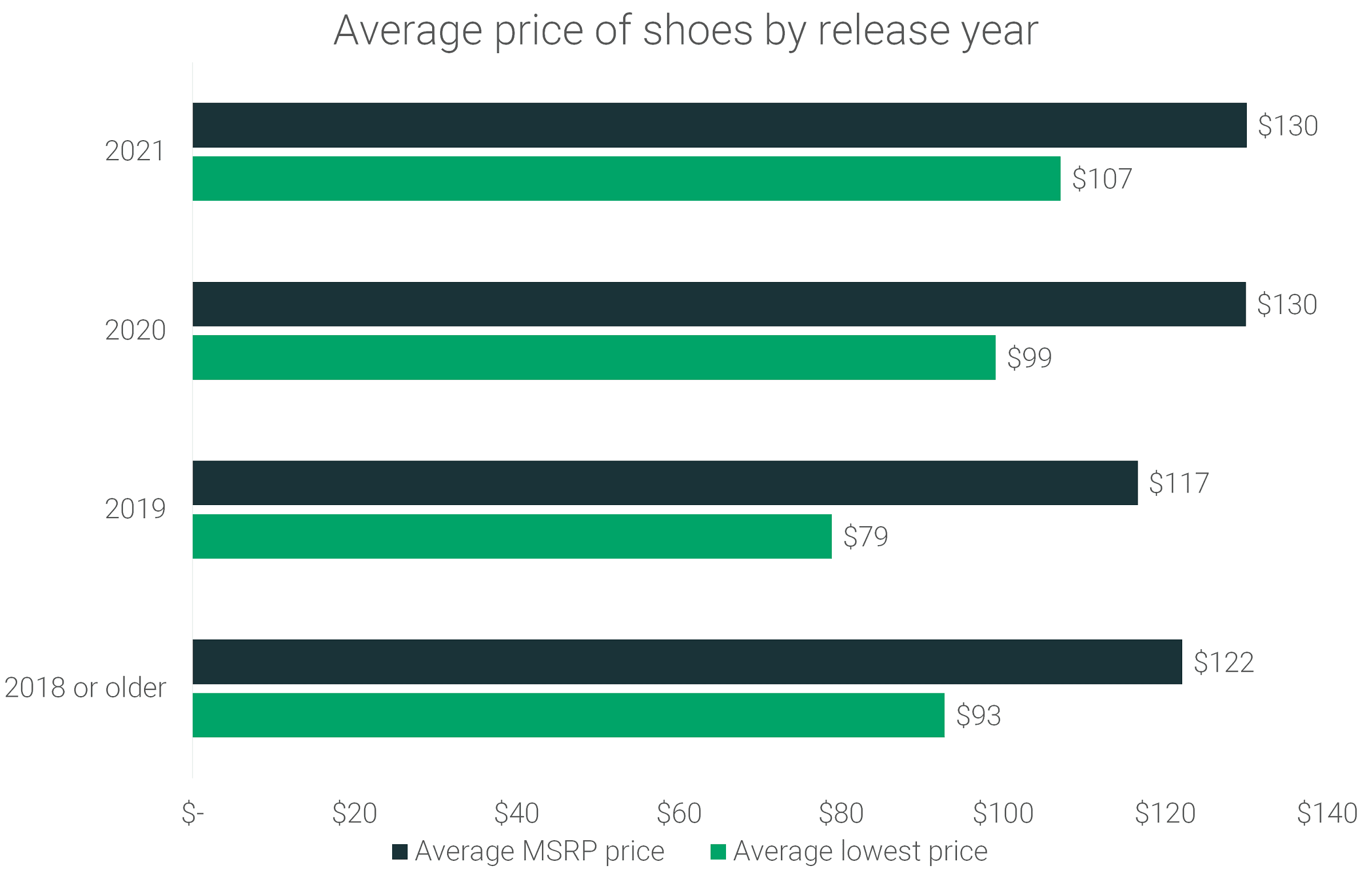
1. Athletic Shoes
| Brand | Style | Price |
|---|---|---|
| Nike | Air Max | $140 |
| Adidas | UltraBoost | $180 |
| Puma | RS-X | $110 |
On average, athletic shoes in the U.S. range from $90 to $200, depending on the brand and technology involved.
2. Casual Shoes
| Brand | Style | Price |
|---|---|---|
| Vans | Old Skool | $60 |
| Converse | Chuck Taylor | $55 |
| New Balance | 574 | $80 |
Casual shoes typically cost between $50 and $120, allowing for a broad range of styles and preferences.
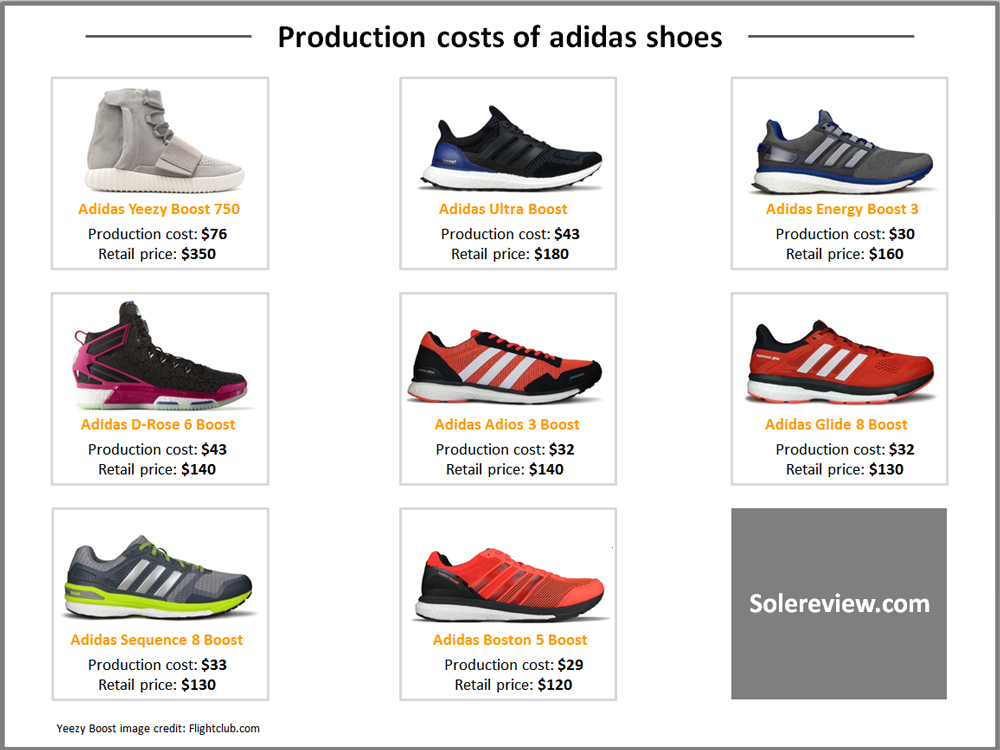
3. Formal Shoes
| Brand | Style | Price |
|---|---|---|
| Allen Edmonds | Park Avenue | $395 |
| Clarks | Desert Boot | $150 |
| Florsheim | Imperial | $200 |
Prices for formal shoes usually range from $100 to $500, depending on material quality and brand prestige.
4. Specialty Shoes
Specialty footwear, such as hiking boots or orthopedic shoes, typically ranges from $100 to $300. These shoes are often designed for specific activities and may include unique features for comfort and support.
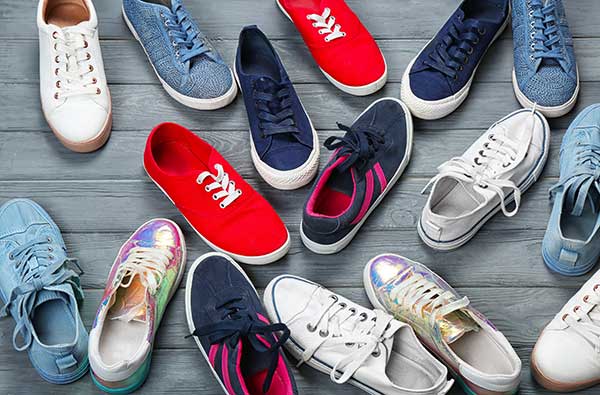
Comparative Analysis of Popular Shoe Brands
To illustrate how different brands cater to varying price points, let’s take a closer look at some of the most recognized names in the U.S. footwear market and their average ratings.
Nike
Nike is one of the leading athletic footwear brands globally and is known for its innovative designs and technology. On average, Nike shoes cost between $90 and $250, with the Air Max series often showcasing higher prices due to their popularity. Rated at 4.5 stars on Foot Locker, Nike products are often commended for their comfort and style.
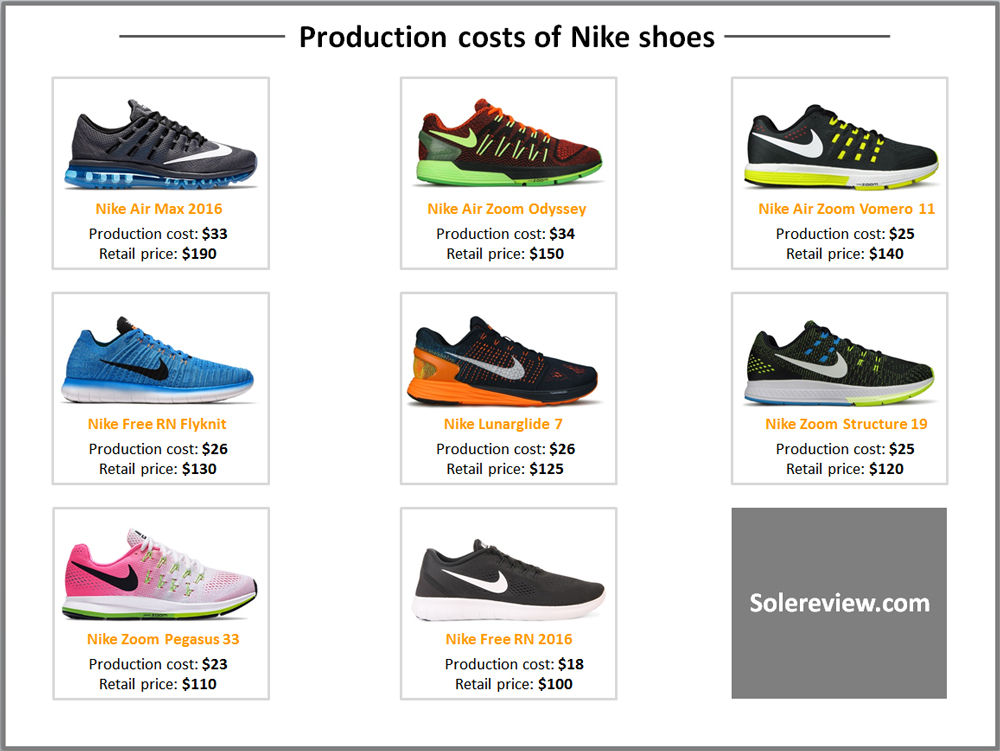
Adidas
Adidas is renowned for its timeless designs and collaborations, like Yeezy, that significantly impact pricing. Regular pricing can range from $80 to $300, depending on the product line. The Ultraboost is particularly rated 4.7 stars for its comfort and functionality according to Runner’s World.
Puma
Puma is quickly gaining traction with younger demographics, offering stylish and functional footwear at competitive prices. Their shoes generally range from $60 to $150 and have received an average rating of 4.2 stars for their casual designs.
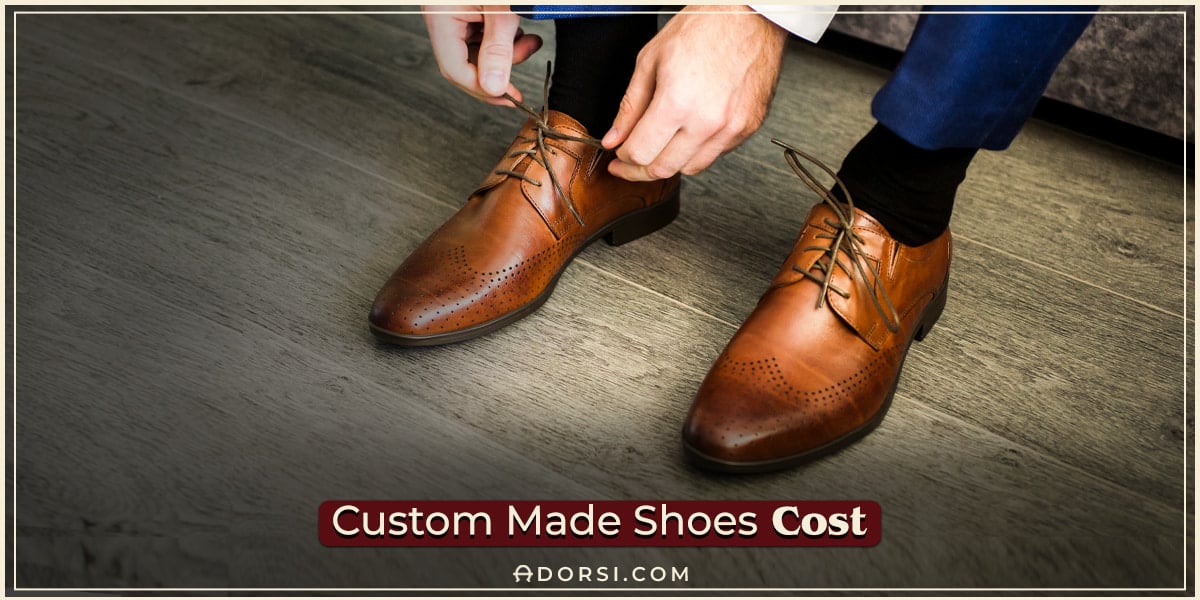
Real-World Experiences: Shoe Shopping in the U.S.
Shoe shopping brings with it a number of experiences that can influence buyer decisions. Let’s explore some case studies that highlight consumer experiences in the U.S. footwear market.
Case Study: The Sneakerhead
Meet Jake, a self-proclaimed sneakerhead from Los Angeles. He has a habit of purchasing limited-edition sneakers every month, ranging from $200 to $500 per pair. After a year of collecting, Jake spent over $6,000 on his passion. His experience speaks to the niche market of sneaker culture that drives brands to launch exclusive models at premium prices.
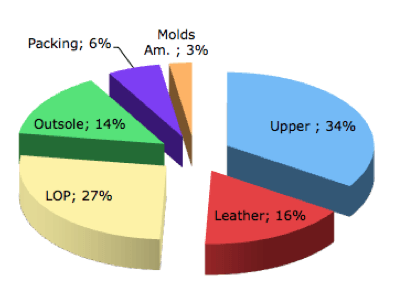
Case Study: The Everyday Shopper
In contrast, let’s look at Lisa, a working mother from Chicago. Lisa seeks comfortable yet stylish shoes for her daily routine. She often opts for brands like Skechers or New Balance, buying shoes in the $70 to $100 range. Over the years, she has developed a preference based on comfort and practicality without breaking the bank.
Tips for Buying Shoes: Maximizing Value
Getting the best value for your shoe investment requires some savvy shopping techniques. Here are some tips to help you save money while still picking up quality footwear.
1. Shop During Sales
Take advantage of holiday sales, Black Friday events, and clearance sales. Many retailers offer deep discounts during these periods, allowing you to snag high-quality shoes at lower prices.
2. Join Loyalty Programs
Many shoe retailers offer loyalty programs that provide points for purchases, which can convert into discounts. Consider joining these programs for added savings over time.
3. Compare Prices Online
Before making a purchase, compare prices on multiple websites. Use price comparison tools to find the best deal on your desired shoe model.
4. Read Reviews
Before purchasing, always check reviews and ratings. Consumer feedback can provide insight into comfort, durability, and overall satisfaction with a product.
Pros and Cons of Investing in Quality Footwear
Pros
- Durability: High-quality shoes typically last longer, providing better value over time.
- Comfort: Better materials and construction often enhance comfort, which is crucial for everyday wear.
- Style: Investing in quality often means investing in timeless style that doesn’t go out of fashion.
Cons
- Higher Initial Cost: Quality footwear often requires a larger upfront investment, which can be a barrier for some consumers.
- Limited Selection: High-quality brands may not always offer the variety that budget brands do.
- Trends: Shoes that are considered ‘high-quality’ may not always align with current fashion trends.
Frequently Asked Questions (FAQs)
1. Why are shoes so expensive?
Shoe pricing reflects various factors, including brand reputation, material quality, and design technology. Higher prices are often associated with better materials and more advanced manufacturing processes.
2. How can I find cheap shoes?
Look for sales events, clearance sections, and online discount retailers. Websites like Shoebacca offer a variety of discounted options.
3. Are expensive shoes worth it?
Expensive shoes are often worth the investment due to their durability, comfort, and style. However, it’s essential to ensure they meet your specific needs and lifestyle.
4. What is the average price for running shoes?
The average price for running shoes in the U.S. ranges from $100 to $200, depending on the brand and features.
5. Can I find quality shoes for under $100?
Yes, many reputable brands offer quality shoes for under $100. Brands like New Balance, Skechers, and Vans frequently provide affordable options.
6. How often should I replace my shoes?
Replace shoes every 300-500 miles for running shoes or when they show visible signs of wear, such as loss of cushioning, cracks, or holes.
7. What are the best brands for comfortable shoes?
Brands like Dansko, Clarks, Merrell, and ASICS are well-known for their focus on comfort and support in their footwear designs.
8. Should I buy shoes online or in-store?
It depends on personal preferences. Online shopping offers convenience and often lower prices, but trying shoes on in-store ensures the right fit and comfort.
9. Are designer shoes worth the investment?
Designer shoes can be worth the investment due to the quality, exclusivity, and brand prestige. However, ensure they align with your style and needs.
10. What is the typical lifespan of shoes?
Most shoes last anywhere from 6 months to 2 years, depending on usage, type, and quality. Athletic shoes may require more frequent replacement than casual shoes.
11. Can I negotiate prices in a shoe store?
Some stores may allow price negotiation, especially during clearance events. It’s worth asking if they have any promotions or discounts available.
Conclusion
Understanding how much shoes cost and what influences those prices is essential for making informed purchase decisions. By knowing what to look for, you can ensure you invest wisely in footwear that meets your style, comfort, and budget needs. Remember, a quality pair of shoes is not just an accessory—it’s an investment in your health and well-being. Happy shoe shopping!